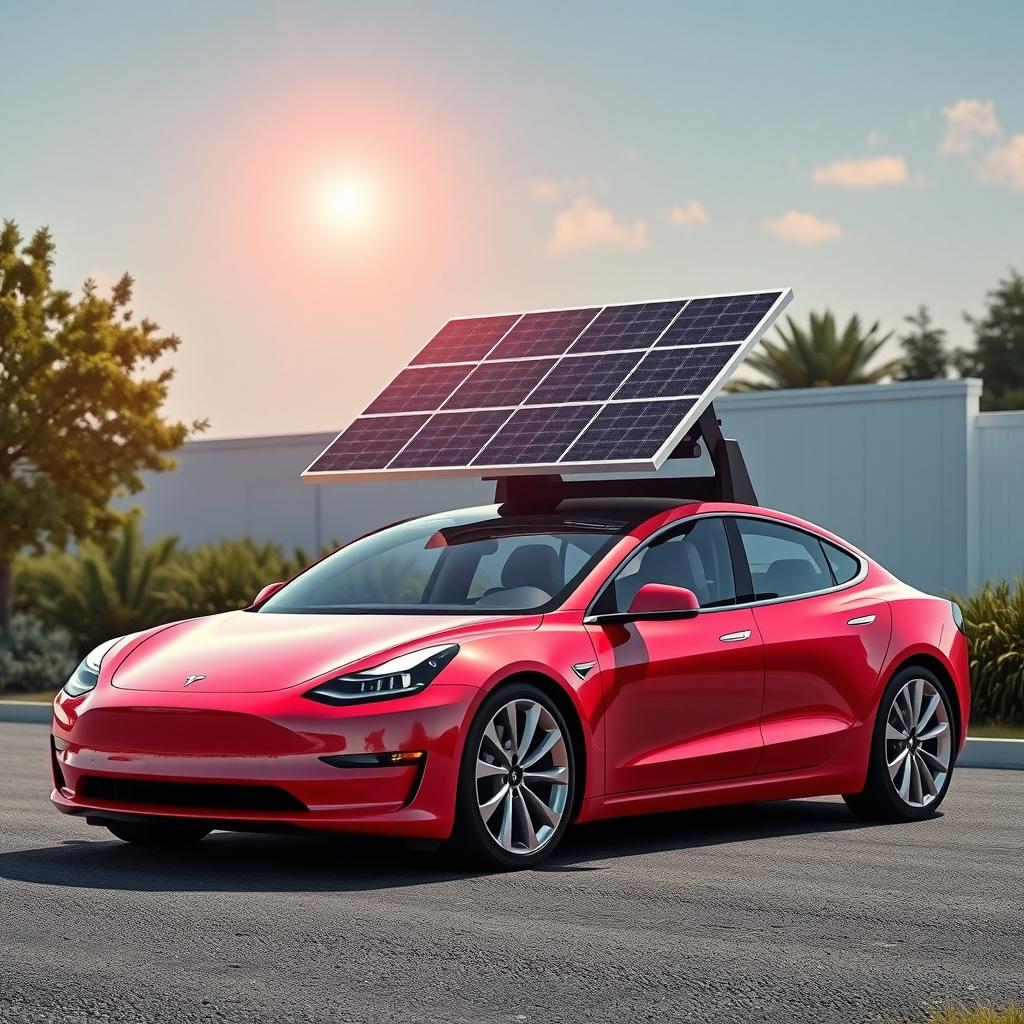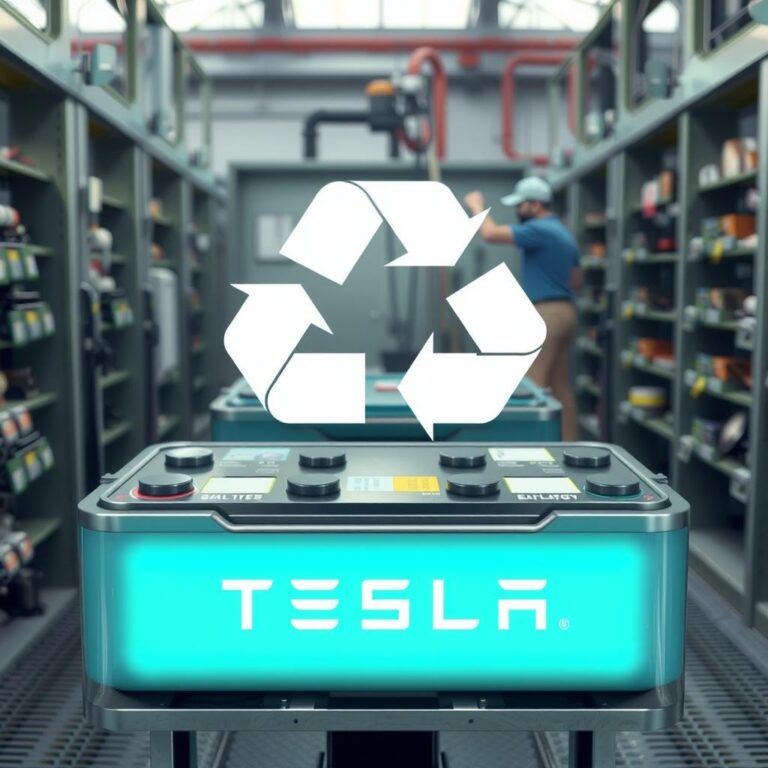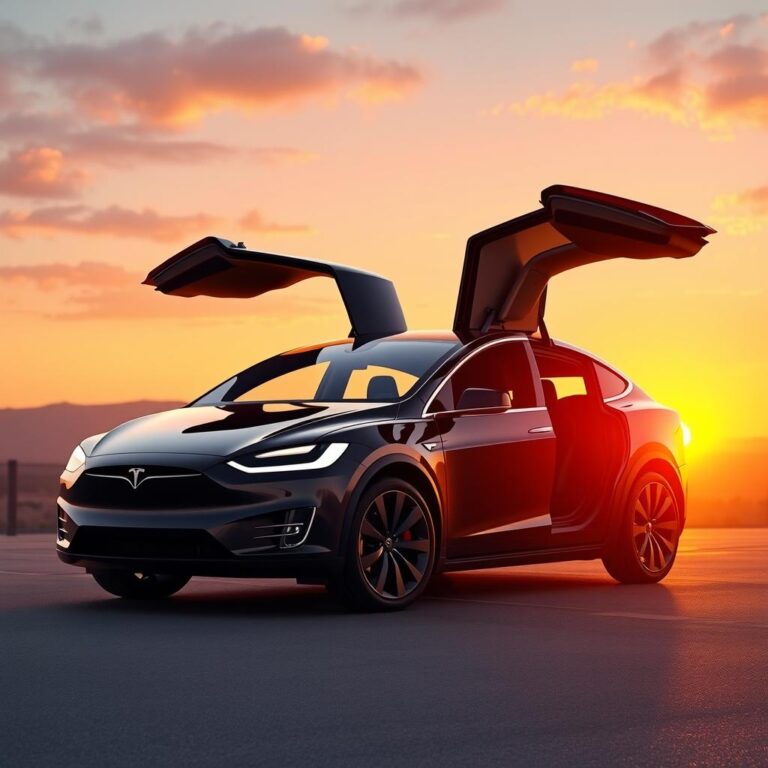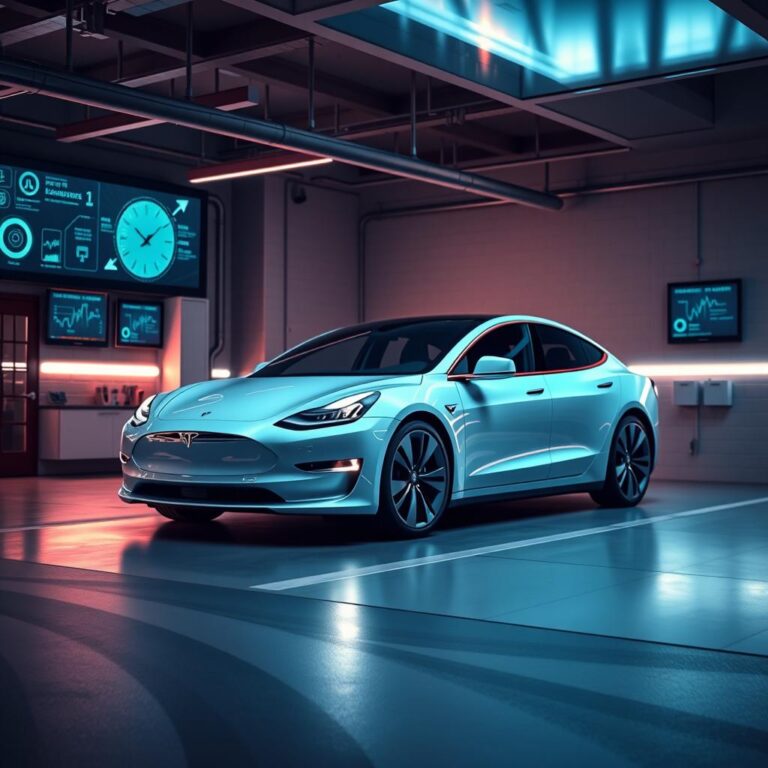Can Tesla Car Charge At Home?
Can Tesla Car Charge at Home?
If you’re a Tesla owner or thinking about purchasing one, one of the most important questions to consider is where you will charge your car. Given that Tesla cars are electric, many people wonder: “Can Tesla cars charge at home?” The short answer is yes, Tesla cars can absolutely be charged at home. However, there are several factors and options to consider when setting up a home charging solution for your Tesla.
In this article, we’ll explore how Tesla cars can be charged at home, the different charging options available, the requirements for setting up home charging, and the benefits of charging your Tesla at home instead of relying solely on public charging stations.
Can Tesla Cars Charge at Home?
Yes, Tesla cars can charge at home. In fact, most Tesla owners prefer charging their vehicles at home because it’s convenient and cost-effective. Charging your Tesla at home allows you to start each day with a full battery, avoiding the need to visit public charging stations on a regular basis.
Tesla offers two primary options for home charging: Level 1 charging (standard household outlet) and Level 2 charging (Tesla Wall Connector or other Level 2 chargers). Let’s take a look at both options and how they work.
1. Level 1 Charging (Standard Household Outlet)
Level 1 charging refers to using a standard 120-volt household outlet to charge your Tesla. This is the most basic charging method and doesn’t require any special installation. All you need is the charging cable that comes with your Tesla and a regular electrical outlet in your home.
- Convenience: Level 1 charging is the simplest way to charge your Tesla at home because it doesn’t require any modifications to your electrical system.
- Charging Speed: However, Level 1 charging is the slowest option. It typically provides about 3-5 miles of range per hour of charging, which means it may take a long time (up to 24 hours or more) to fully charge your Tesla from empty.
- Best for: Level 1 charging is ideal for people who drive relatively short distances each day and don’t mind the slow charge time. It’s also convenient if you don’t drive much or don’t need to use your Tesla every day.
While Level 1 charging is available to all Tesla owners, it’s generally not recommended if you need to charge quickly or if you drive long distances regularly.
2. Level 2 Charging (Tesla Wall Connector)
For faster and more efficient home charging, Tesla recommends using a Level 2 charger. This requires a 240-volt electrical outlet and typically involves installing a Tesla Wall Connector in your garage or parking area. A Level 2 charger charges your Tesla much faster than Level 1 and can provide up to 30 miles of range per hour of charging, depending on the model and battery size.
- Charging Speed: Level 2 charging is significantly faster, typically charging your Tesla in 6-12 hours, depending on the battery size and how much charge is left.
- Installation: Installing a Level 2 charger will require the help of a licensed electrician to ensure that your electrical system can handle the increased power demand. The cost of installation can vary, but it’s generally a one-time expense that provides more reliable and faster charging at home.
- Best for: Level 2 charging is ideal for Tesla owners who drive long distances or who need a full charge overnight. It’s the preferred method for most Tesla owners, as it ensures the car is ready to go with a full battery each day.
Tesla’s Wall Connector is specifically designed to work with Tesla vehicles and integrates seamlessly with the car’s charging system. You can also use other third-party Level 2 chargers, but using Tesla’s Wall Connector ensures compatibility and optimal performance.
3. How to Install a Tesla Home Charger
Installing a Tesla home charger requires a few steps, including finding a suitable location for the charger, hiring a licensed electrician, and ensuring that your electrical system can support the charger’s power requirements.
- Choose a Location: The first step is to choose a location for the charger. Many Tesla owners install their charger in the garage, but you can also install it outside or in a carport as long as the location is easily accessible.
- Hire a Licensed Electrician: You’ll need to hire a licensed electrician to install the 240-volt outlet or Tesla Wall Connector. The electrician will assess your electrical panel to ensure it can handle the additional load and may need to upgrade your panel or wiring depending on your current system.
- Get Permits: Depending on your location, you may need to obtain a permit before the installation. Your electrician can help you navigate this process and ensure everything is up to code.
After installation, the electrician will test the charger to make sure everything is functioning properly, and then you’ll be ready to charge your Tesla at home with fast, reliable charging.
4. Can Tesla Charge at Home Without a Tesla Wall Connector?
While the Tesla Wall Connector is the most efficient and recommended option for home charging, it’s not the only way to charge your Tesla at home. As mentioned earlier, you can use a standard 120-volt household outlet (Level 1) to charge your Tesla, but this will be much slower.
Additionally, if you have access to a public Level 2 charging station at home, you can also use that to charge your Tesla. However, installing your own Level 2 charger at home is the best way to get the most out of your Tesla’s home charging capabilities.
5. The Benefits of Charging Your Tesla at Home
There are several benefits to charging your Tesla at home:
- Convenience: Charging at home means you don’t have to make regular trips to public charging stations. Your car is ready to go every time you leave your driveway.
- Cost Savings: Charging your Tesla at home can be cheaper than relying on public charging stations, especially if you use time-of-use electricity rates that are cheaper during off-peak hours.
- Environmental Impact: If you have a solar panel system at home, you can charge your Tesla using renewable energy, which reduces your carbon footprint and enhances your sustainability efforts.
Conclusion: Can Tesla Cars Charge at Home?
In conclusion, yes, Tesla cars can charge at home using either a Level 1 or Level 2 charger. Level 1 charging is convenient but slow, while Level 2 charging offers much faster speeds and is the preferred method for most Tesla owners. To get the most out of your home charging experience, installing a Tesla Wall Connector or a third-party Level 2 charger is the best option.
Charging your Tesla at home offers convenience, cost savings, and the satisfaction of knowing your car is ready to go whenever you are. With proper installation and the right charging equipment, Tesla owners can enjoy the ease and practicality of charging their car at home, ensuring a full battery every day.

Frequently Asked Questions About Charging Tesla Cars at Home
1. How long does it take to charge my Tesla at home?
The time it takes to charge your Tesla at home depends on the charging method you use. With a Level 1 charger (standard 120-volt outlet), it can take up to 24 hours or more to fully charge your car, depending on how much charge is left. On the other hand, with a Level 2 charger (Tesla Wall Connector), you can expect a full charge in 6-12 hours, depending on the battery size and how much charge is remaining. The faster the charging method, the less time you’ll need to keep your Tesla plugged in.
2. Can I charge my Tesla overnight at home?
Yes, you can absolutely charge your Tesla overnight at home. In fact, many Tesla owners prefer overnight charging because it allows them to start the day with a full battery. A Level 2 charger is ideal for overnight charging as it provides the necessary power to fully recharge your Tesla while you sleep. This way, you’re ready to hit the road the next morning without worrying about finding a charging station.
3. What do I need to install a Tesla Wall Connector at home?
To install a Tesla Wall Connector at home, you’ll need a 240-volt electrical outlet and a licensed electrician to handle the installation. Your electrician will assess your home’s electrical system to determine if any upgrades are needed to handle the additional power draw. Depending on your home’s current electrical panel, an upgrade may be necessary to safely install the Wall Connector. Once installed, the Wall Connector will allow for faster and more efficient charging at home.
4. Can I charge my Tesla at home without a Tesla Wall Connector?
Yes, you can still charge your Tesla at home without a Tesla Wall Connector. Using a standard 120-volt outlet (Level 1 charging) is an option, though it charges the car much slower compared to the Wall Connector. This method is more suitable for people who have shorter daily commutes and don’t mind slower charging. For faster charging, a Level 2 charger (Tesla Wall Connector or compatible third-party charger) is recommended for home use.
5. How much does it cost to install a Tesla Wall Connector at home?
The cost to install a Tesla Wall Connector at home can vary depending on factors such as the location of your electrical panel, the complexity of the installation, and the rates of the licensed electrician you hire. On average, the cost of installation can range from $500 to $2,000, including the cost of the Wall Connector itself, which typically costs around $500 to $600. If electrical upgrades are needed, the price can increase. It’s best to consult with a licensed electrician to get an accurate estimate for your specific situation.
6. Can I charge my Tesla at home if I don’t have a garage?
Yes, you can charge your Tesla at home even if you don’t have a garage. Many Tesla owners who don’t have a garage choose to install their charging equipment in a carport, driveway, or another convenient outdoor location. As long as the installation is safe and the charging equipment is weather-resistant, you can charge your Tesla outside. Be sure to work with a licensed electrician to ensure the installation complies with local regulations and safety standards.
Conclusion: Can Tesla Cars Charge at Home?
In conclusion, yes, Tesla cars can be charged at home using either Level 1 or Level 2 chargers. While Level 1 charging is slower and less efficient, Level 2 charging offers a much faster and more reliable solution, especially for those with longer commutes or the need to fully charge their car overnight. Installing a Tesla Wall Connector or other Level 2 chargers will ensure that your car is ready to go every morning.
Charging your Tesla at home offers numerous benefits, including convenience, cost savings, and peace of mind. With the right installation and equipment, you can enjoy the ease of charging your Tesla right in your own driveway or garage, making your electric vehicle ownership experience even more convenient and rewarding.



